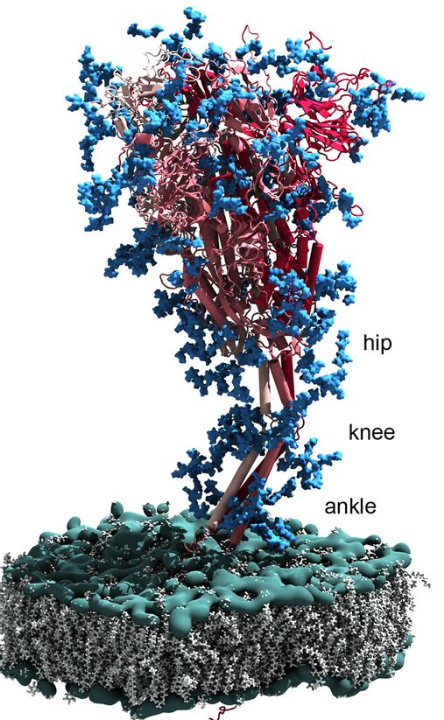New research published on Tuesday yields more insight into why the novel coronavirus is highly infectious.
In research described in an article in Science, scientists used a complex procedure that enabled them to see the virus attached to a cell using an electron microscope.
“[The coronavirus] appears to have a rather sophisticated machinery to attach itself to human cells. We have found multiple hinges that give flexibility to the attachment,” said Dr. Gerhard Hummer, one of the authors and director of the Department of Theoretical Biophysics at the Max Planck Institute of Biophysics.

A virus attaches to a cell using a protein called a “spike.” The spike connects to the virus via a slender “stalk.” Researchers found that the stalk of the coronavirus has three hinges on it, which give the spike “unexpected orientational freedom.” That allows the spike to “scan the host cell surface” for a suitable spot to attach.
The researchers also confirmed that the virus is covered with a dense coat of sugar molecules called a glycan shield. This makes it more difficult for antibodies to attack the virus.

